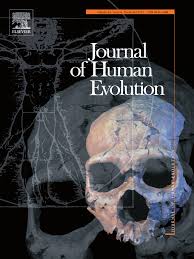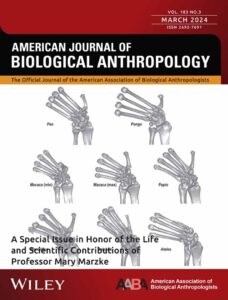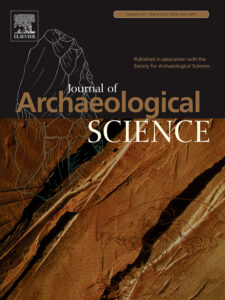
I have had the pleasure to visit the small, but beautiful, prehistoric museum in Ostuni (Museo Civilta’ Preclassiche della Murgia Meridionale, Apulia, Italy), where it is exposed the original skeleton of a young woman and her fetus, known as the Woman of Ostuni, that is dated to 28,000 years ago. The skeleton represents the oldest example of Paleolithic pregnant human female, who may have died due to problems during the pregnancy. Analysis of the fetal remains was published on Scientific Reports this year (link) and revealed an age-of-death at 31-33 gestational weeks.






